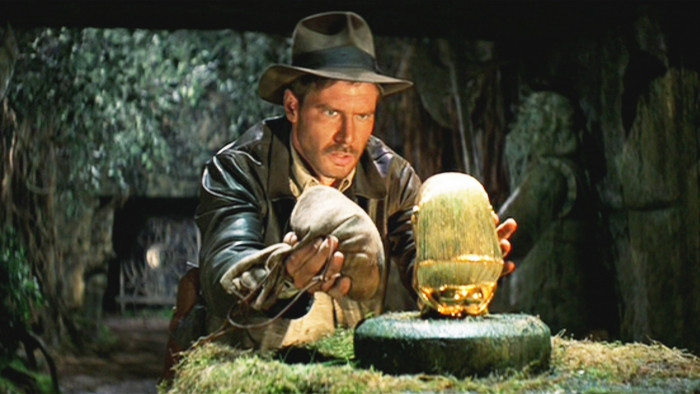A drone has spotted an Amazon tribe never before seen by outsiders
A rare glimpse into another way of living


This summer’s heatwave has pushed the issue of climate change back into the public eye; an issue that we have spent decades avoiding because of the painful implications it has for the way we live our lives, but an issue which will not retreat, or disappear.
A huge amount of damage has been done by our addiction to fossil fuels and a consumerist model of living which relies on the constant, relentless use of energy and materials and environmentalists have long argued for a change to a more sustainable way of living if we are to stand any chance of slowing down, or constraining the forces of change which are already in motion.
So perhaps it’s good to be reminded that such a way of life already exists on this planet, with some such examples being the many indigenous peoples who live in the Amazon rainforest in Brazil.
And a new monitoring expedition by the National Indian Foundation, a government agency commonly known as Funai which aims to protect isolated Indians by carrying out regular checks to ensure their lands and rights are not being encroached upon, has uncovered fascinating new photos and videos of these people as they go about their daily lives.
The agency said that for an expedition titled “Monitoring the Presence of Isolated Indians in the Rio Juruazinho”, which took place between 16 July and 1 August, its team - the Coordination of the Protection Front Ethnoambiental Vale do Javari (FPEVJ), through its Protection Service in Eirunepé-AM - had traveled more than 180 kilometres in “river boats, dirt trucks, motorcycles on closed trails” before traveling a further 75 miles “on foot within the dense forest” to reach their final destination: the tributaries of the rivers Jutaí and Juruazinho, in the state of Amazonas.

Worn axe tied with vegetable fibre
The expedition team found evidence of the presence of hunters in several tributaries of the Juruazinho river, and they warned off one landowner in the region who was seeking to “illegally occupy part of the Mawetek Indigenous Land”, as well as two other livestock owners who had overstepped into protected land.
Images released included a photo of a worn axe tied with vegetable fibre (above), canoes made out of hollowed-out palm tree trunks (below) and a thatched hut (main image).

Canoes excavated in paxiúba (palm tree)
Most excitingly, though, is video footage from a drone, which shows the first images of members of an Amazon tribe that had no known contact with the outside world.
It shows a clearing on felled trees in the Javary River valley, close to the border with Peru, and tribespeople walking through it, with one carrying a spear or pole.
The region has eight indigenous peoples who have engaged in contact with the outside world, and at least eleven others who have never encountered ‘civilization’.
However, given what ‘civilization’ appears to be doing to the planet - and the effects of its behaviour that will impact upon blameless people such as these tribes, perhaps the term is no longer so appropriate to use.
(Images: Funai - Fundação Nacional do Índio (oficial))
Latest
Related Reviews and Shortlists


The 10 best war movies of the 21st century








